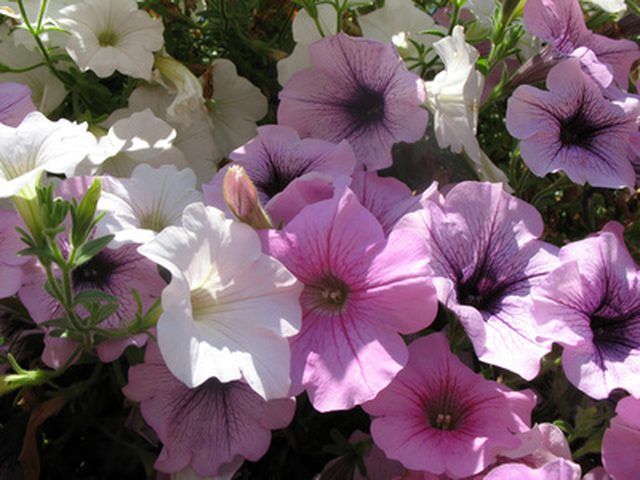Bulbs
Flower Basics
Flower Beds & Specialty Gardens
Flower Garden
Garden Furniture
Garden Gnomes
Garden Seeds
Garden Sheds
Garden Statues
Garden Tools & Supplies
Gardening Basics
Green & Organic
Groundcovers & Vines
Growing Annuals
Growing Basil
Growing Beans
Growing Berries
Growing Blueberries
Growing Cactus
Growing Corn
Growing Cotton
Growing Edibles
Growing Flowers
Growing Garlic
Growing Grapes
Growing Grass
Growing Herbs
Growing Jasmine
Growing Mint
Growing Mushrooms
Orchids
Growing Peanuts
Growing Perennials
Growing Plants
Growing Rosemary
Growing Roses
Growing Strawberries
Growing Sunflowers
Growing Thyme
Growing Tomatoes
Growing Tulips
Growing Vegetables
Herb Basics
Herb Garden
Indoor Growing
Landscaping Basics
Landscaping Patios
Landscaping Plants
Landscaping Shrubs
Landscaping Trees
Landscaping Walks & Pathways
Lawn Basics
Lawn Maintenance
Lawn Mowers
Lawn Ornaments
Lawn Planting
Lawn Tools
Outdoor Growing
Overall Landscape Planning
Pests, Weeds & Problems
Plant Basics
Rock Garden
Rose Garden
Shrubs
Soil
Specialty Gardens
Trees
Vegetable Garden
Yard Maintenance
How Flowers Get Rid of Waste
How Flowers Get Rid of Waste. Just like animals, plants need ways to rid themselves of metabolic wastes. The dilemma for a plant, however, is a little different from that for other multicellular organisms. Plants, unlike animals, produce their own food through a process called photosynthesis.

Just like animals, plants need ways to rid themselves of metabolic wastes. The dilemma for a plant, however, is a little different from that for other multicellular organisms. Plants, unlike animals, produce their own food through a process called photosynthesis.
Types
A flower is the specialized reproductive structure of a flowering plant. Like all other cells in a plant, the cells in a flower extract energy from sugar molecules through cellular respiration, which consumes oxygen and releases carbon dioxide. Plants produce the sugar they need for cellular respiration through photosynthesis, which consumes carbon dioxide and releases oxygen. During the daytime, the volume of oxygen from photosynthesis greatly exceeds the volume of carbon dioxide produced by cellular respiration.
Features
Carbon dioxide and oxygen gas can diffuse across cell membranes and cell walls, so plant cells that are close to the air can rapidly rid themselves of excess oxygen or carbon dioxide. Since proteins and nucleic acids contain nitrogen, the breakdown of these molecules releases nitrogenous waste. Animals expel nitrogenous wastes through urination, but plants have developed other strategies to deal with this problem.
Function
Nitrogenous wastes are stored in the vacuole, which is a large membrane-enclosed sac inside the cell, and can be used to make other compounds like plant alkaloids, many of which are used for self-defense. Plants can also store these waste products in structures they will shed, like leaves that die and fall off.